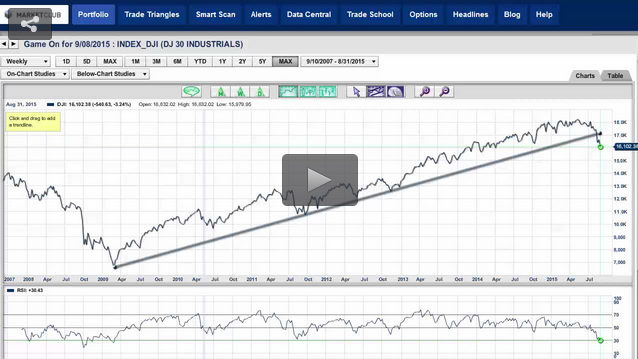Introduction
The broader indices have been highly volatile recently due to weakness in China, an imminent Federal Reserve rate hike and persistently low oil prices. Navigating these volatile markets can be difficult. I posit that via investing in high-quality companies that offer the combination of high-quality dividends along with share buybacks may position an investor to contend with this volatility while potentially being rewarded handsomely during bull markets. On the front half of this dual synergy is the dividend space. This space offers many quality attributes such as decreased volatility, healthy yields, moderate risk exposure and a hedge against downside risk thus may be an ideal synergy for any long portfolio. Historically, companies that have an established track record of not only paying dividends but growing their dividends over the long-term have generally outperformed their respective index with decreased volatility. On the back half of this synergy is share buybacks. Share buybacks can serve as an effective way to drive shareholder value via returning capital to shareholders by repurchasing its own stock.
At times, I'll be using both The Vanguard High Dividend Yield ETF (VYM) and The PowerShares Buyback Achievers ETF (PKW) as proxies for this analysis. I will also select specific high-quality companies to exemplify these attributes. The combination of VYM and PKW may present an ideal investing strategy in which to invest and potentially capitalize on a cohort of companies that engage in both dividends and aggressive share buyback programs, particularly in these volatile markets. This article caps off a three-part series focusing on navigating volatile markets while focusing on high-quality companies that pay out dividends and engage in aggressive share buybacks. This series is primarily focused on these attributes utilizing ETFs as proxies to exemplify the mitigation of downside risk while being well positioned in bull markets. Continue reading "Navigating Volatile Markets Via Coupling Dividends And Share Buybacks - Part 3"





